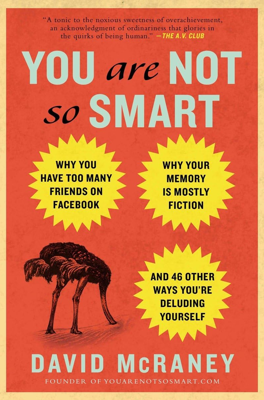The Moment
Misconception vs. Truth
Misconception:
You are one person, and your happiness is based on being content with your life.
Truth:
You are multiple selves, and happiness is based on satisfying all of them.
Experience vs. Memory
- Current Self: Experiences life in real-time, dealing with short-term sensory inputs and immediate actions.
- Remembering Self: Forms stories based on long-term memories; this self makes decisions and reflects on life.
The Role of Memory in Decision Making
- The remembering self often drives decisions by seeking new memories based on past experiences.
- Example: Decisions about vacations are often influenced by the desire to create memorable experiences, even if those experiences are few in duration.
Kahneman’s Research on Happiness
- Two Channels of Happiness:
- Current Self's Happiness: Derived from immediate, gratifying experiences.
- Remembering Self's Happiness: Satisfied with creating positive memories to reflect on later.
Thought Experiment
- Vacation Memory Erasure: Imagine a vacation where you will forget everything afterward. This scenario highlights the conflict between enjoying the present versus creating lasting memories.
Balancing Happiness
- Life involves a tension between enjoying the moment (current self’s happiness) and building a reservoir of positive memories (remembering self’s happiness).
- Strategies for balance:
- Engage in activities that are gratifying in the moment.
- Create meaningful experiences that translate into long-term memories.
Practical Implications
- Work and Play: Balance the need for immediate gratification with the necessity of creating a secure and memorable life.
- Goal Setting: Attain goals in ways that are enjoyable during the process, not just focused on the end result.
Conclusion
- True happiness comes from simultaneously satisfying both the experiencing self and the remembering self.
- A balanced approach to life involves finding joy in daily activities and creating meaningful, memorable experiences.
